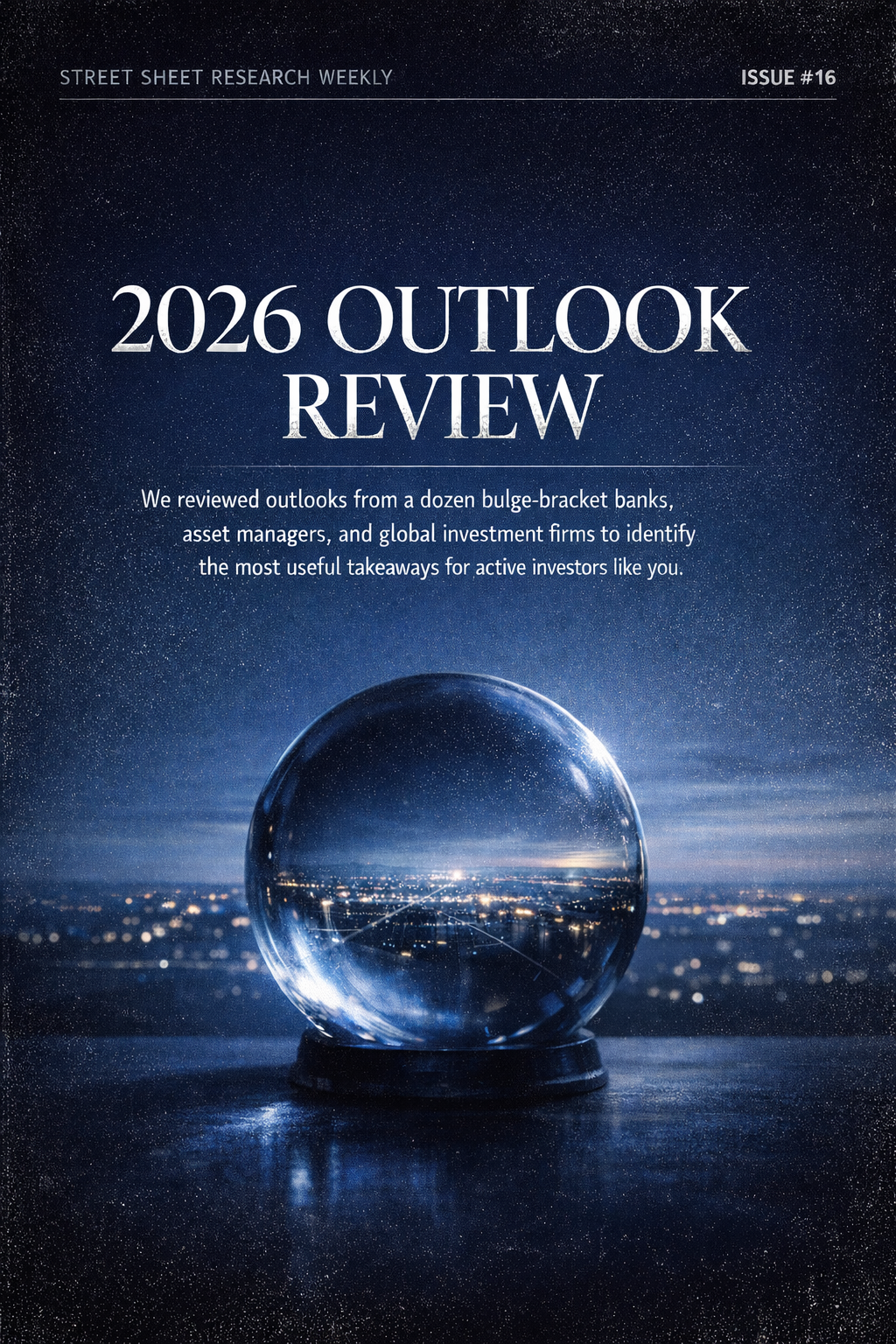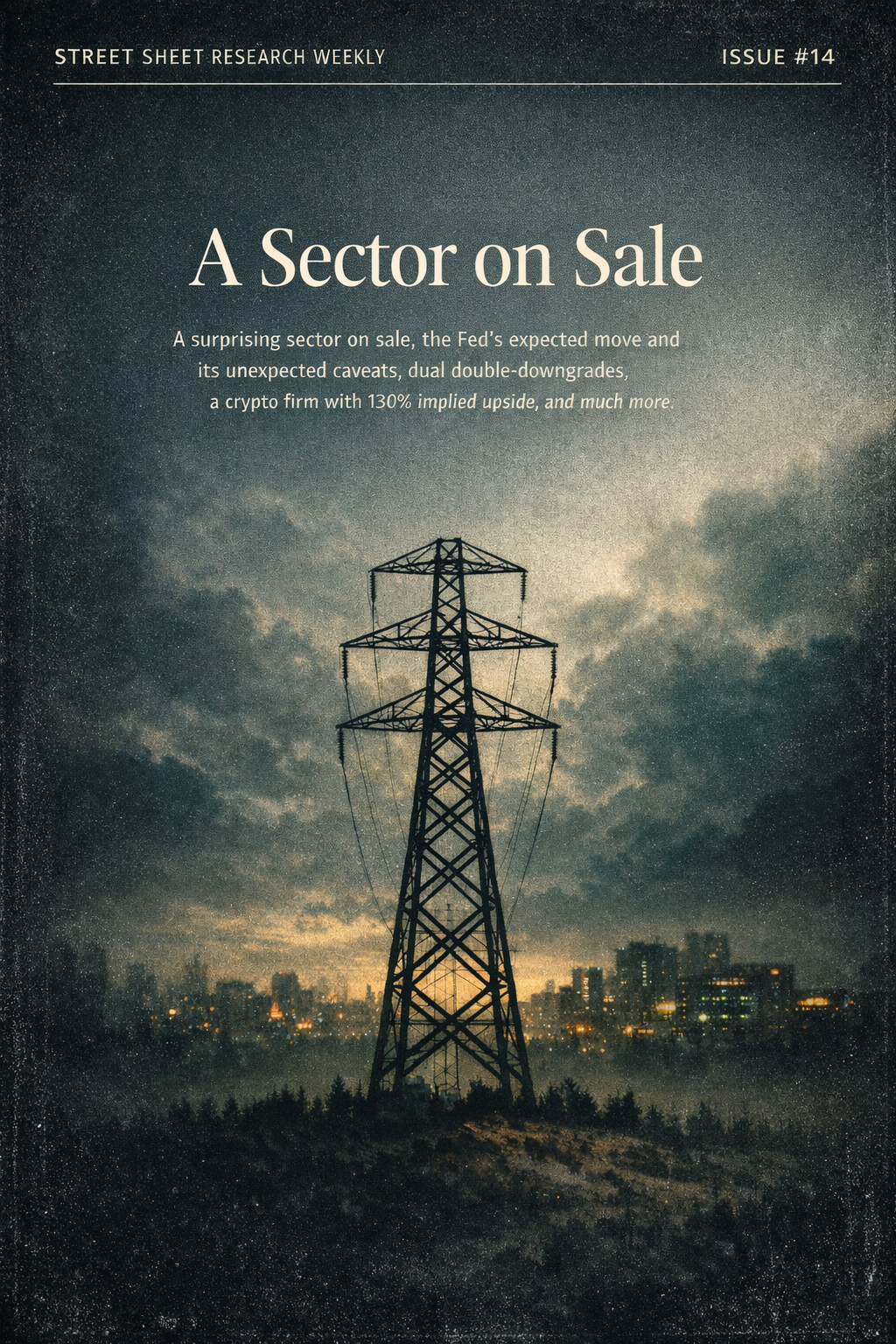
✅ Written by Kris Venezia, Eckman Wealth Management
✅ Edited by Casimir Stone, Creative Director Walk-On Holdings

Emergency Savings 101
Financial advisors may have different preferences, approaches, and strategies, but they can all agree on one thing: establishing an emergency fund is a good money move.
The similarities, however, end there. If you go online and search for how large an emergency fund should be, you’re bound to find a whole bevy of answers. Some advocate for three months of savings. Others argue for six. A few will say a full year of spending should be stashed away for a rainy day.
The truth is emergency funds are like shoes: the best fit is different for everyone.
To figure out your emergency fund size, here are some basic variables to consider.
Shelter costs. Renters might aim to save several months of rent. Meanwhile, those who own a home might want to save for mortgage payments, as well as home repairs and other unforeseen expenses.
Monthly bills. You might be able to control how much you spend on shoes each month, but student loans, car loans, daycare, and other monthly bills are less flexible, and ought to be budgeted for accordingly.
Family size. Children come with more unexpected expenses, and an emergency fund is an invaluable resource to tap into if, say, Timmy takes a tumble on the playground.
Type of income. Those with a salary and consistent paycheck may opt for a smaller stash than those working freelance who see more fluctuation in the size and timing of paychecks.
For further guidance, consider speaking with a financial advisor or professional. In addition to helping you identify a savings goal specific to your unique financial situation, they will also be able to advise on the best places to park that emergency fund.
Money comes with anxiety. One way to curb that anxiety is by establishing an emergency fund and tailoring it to your needs.




